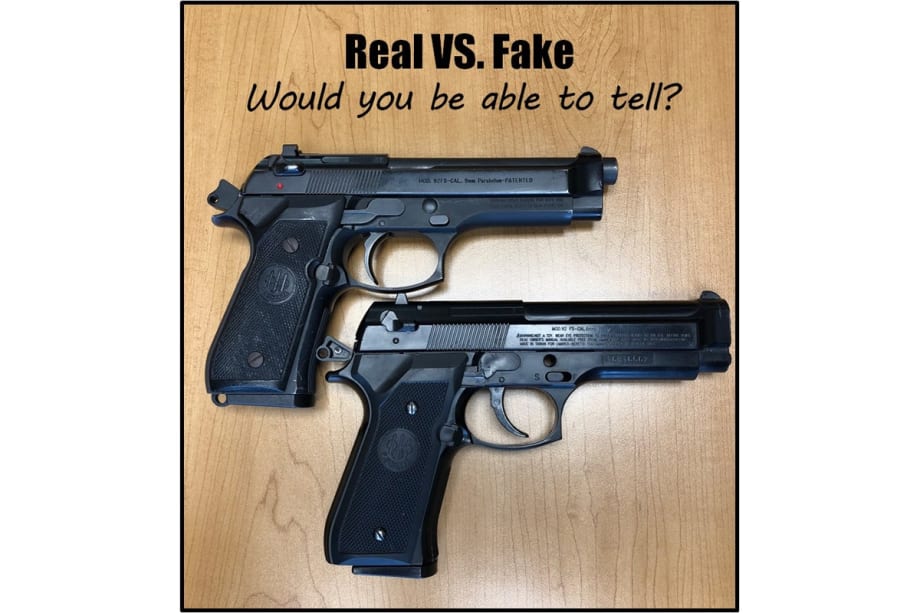Further, fast week in the United Kingdom, police were summoned to the front lawn of a residence that had displayed what appeared to be a real human corpse wrapped in plastic bags. A video of the police response to the scene was posted to social media—viewers were amused but the officer involved failed to see the humor in the event.
Finally, there is absolutely nothing funny about what happened in North Las Vegas on October 10th, when officers responded to calls of a man wearing a Halloween mask and carrying a firearm threatening people in the street. Officers encountered the man, ordered him to drop his weapon, and fired on him when he moved toward a group of innocent bystanders.
The subject—who was later found to have alcohol, THC, and oxycodone in his system—was fatally wounded.
For years now, bad guys have been painting guns in neon colors to look like toys, while so-called toys have become so realistic that they're virtually indistinguishable from the real thing—especially in rapidly unfolding, high-stress situations.
Here are three reminders about "toy" and "replica" weapons as Halloween for officers to consider as Halloween approaches.













